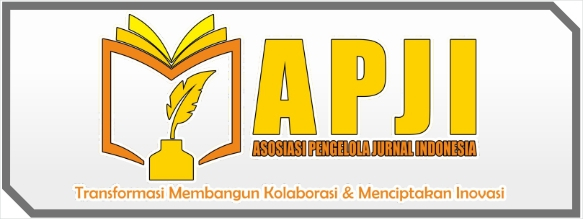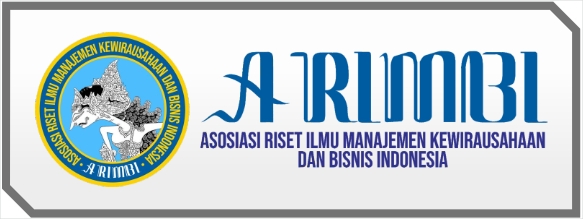Pengaruh Variasi Media Pembelajaran Melalui Whatsapp Group Terhadap Motivasi Belajar PAI Siswa SD Negeri 6 Sumerta Tahun Pelajaran 2020/2021
DOI:
https://doi.org/10.53958/ft.v2i1.143Keywords:
Media Pembelajaran, Whatsapp, Motivasi BelajarAbstract
Generally, learning is done face-to-face in schools, but during the pandemic, the government implemented a physical distancing policy to suppress the spread of COVID-19, and learning was done online. SDN 6 Sumerta applies online learning with whatsapp groups, one of which is PAI learning. Learning motivation is one of the factors that influence the success of learning. Motivation is something that moves an individual to take an action. The purpose of this study was to determine: 1) The effect of variations in learning media in whatsapp group on PAI learning motivation of SDN 6 Sumerta students. 2) The contribution of the variation of learning media in the whatsapp group to the PAI learning motivation of SDN 6 Sumerta students. This type of research is quantitative with a correlational approach, the population is all Muslim students in grades I-VI SDN 6 Sumerta with a sample of 47 students, data collection techniques using questionnaires, documentation and observation. The results of the study show 1) there is a positive and significant influence on the variation of whatsapp group learning media on learning motivation. This is indicated by Y = 6.666 + 0.845X, meaning that if the variation of learning media in WhatsApp increases by 1 point, there will be an increase in learning motivation of 0.845. Judging from the f test, F_count is 610,424 > F_table in numerator 1 and denominator 31 at 4.16. Or it can be seen that significant > 0.05 is 0.000 < 0.05. This means that Ho is rejected and Ha is accepted. 2) Variables of learning media variation in whatsapp group contributed 90.3% to learning motivation. The remaining 9.7% is influenced by other factors not examined by the authors.
References
[2] Depdiknas. 2003. Undang-Undang RI No. 20 Tahun 2003 Tentang Sistem Pendidikan Nasional. Bandung : Citra Umbara.
[3] Febrita Yolanda, Ulfa Maria, Peranan Media Pmebelajaran untuk meningkatkan motivasi siswa, Prosiding DPNPM Unindra 2019.
[4] Hartono. 2020 Panduan Aplikasi Smartphone, Jakarta: Gramedia Pustaka Utama.
[5] Jumiatmoko, 2016. Whatsapp Messenger Group dalam Tinjauan Manfaat dan Adah, STTT Madian Sragen, Wahana Akademika, Vol. 3 No. 1, April.
[6] Koyan Wayan, Statistik Pendidikan Teknik Analisis Data Kuatitatif. 2012. Singaraja: Universitas Pendidikan Ganesa Press
[7] Lestari, Titik. 2019. Cara Praktis Meningkatkan Motivasi Siswa Sekolah Dasar. Yogyakarya: Deepublish.
[8] Majid Khon, Abdul. 2012. Hadis Tarbawi, (Jakarta: Predanamedia Group)
[9] Menteri Pendidikan dan Kebudayaan RI, 2020. Surat Edaran Nomor Nomor 4 Tahun 2020 Tentang Pelaksanaan Kebijakan Pendidikan Dalam Masa Darurat Penyebaran Coronavirus Diesease (Covid-19), (http://pgdikmen.kemdikbud.go.id/read-[10] news/surat-edaran-mendikbud-nomor-4-tahun-2020, diakses 30 Maret 2021).
[11] Mustofa, Rahmi dkk. 2020. Media Pembelajaran. Medan:Yayasan Kita Menulis.
[12] Parwarni, Afi. 2019. Psikologi Belajar. Yogyakarya: Deepublish.
[13] Ramen, Imam dkk. 2020. Pengantar Media Pembelajaran. Medan: Yayasan Kita Menulis.
[14] Saepul Hamdi, Asep dan Bahrudin. 2014. Metode Penelitian Kuantitatif Aplikasi Dalam Pendidikan. Yogyakarta: Deepublish.
[15] Salim, Haidir. 2019. Penelitian Pendidikan Metode, Pendekatan dan Jenis. Jakarta: Predanamedia Group.
[16] Yaumi, Muhammad. 2018. Media dan Teknologi Pembelajaran. Jakarta: Prenamedia Group.
















